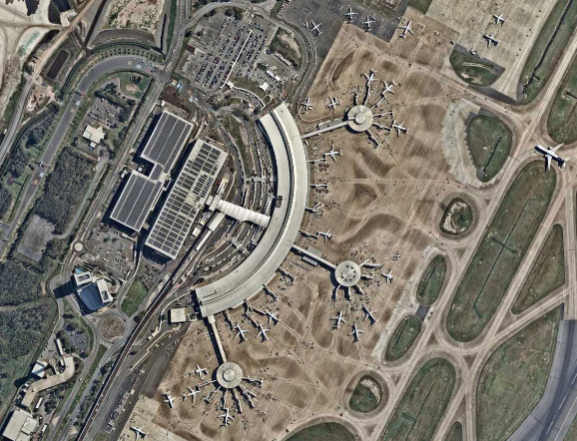
Australia’s airports have untapped potential to aid the country’s transition to renewable energy, according to a report from researchers at Melbourne’s RMIT University.
The study, which was published in the Journal of Building Engineering, claims that installing solar PV systems on the roofs of 21 Leased Federal Airports (LFAs) in Australia could provide enough clean energy to supply 136,000 households and “significantly” mitigate the country’s energy crisis.
Try Premium for just $1
- Full premium access for the first month at only $1
- Converts to an annual rate after 30 days unless cancelled
- Cancel anytime during the trial period
Premium Benefits
- Expert industry analysis and interviews
- Digital access to PV Tech Power journal
- Exclusive event discounts
Or get the full Premium subscription right away
Or continue reading this article for free
It said that, while the residential solar market is growing, “large-scale” installations, or those with a capacity greater than 100kW, may be more crucial to the country’s energy transition, adding that airports have “been studied to have the most potential for these technologies”.
The researchers used geospatial technology to compare the potential efficiency of solar installations at 21 LFAs run by the Department of Infrastructure, Transport, Regional Development and Communications, with 17,000 rooftop installations in the city of Bendigo, Victoria.
They noted that the LFAs’ distribution across Australia, their heightened security and the fact that they are not obscured by neighbouring buildings or forestry create an optimal location for solar PV systems, while also reducing the operating costs of the airports themselves.
Brisbane is currently home to Australia’s largest airport PV installation, standing at 5.725MW in capacity. However, the researchers found 2.61km sq of LFA rooftop space that could generate 467GWh of solar electricity annually, “nearly 10 times greater than the annual electricity generated with nearly 17,000 installed residential solar rooftop PV panels in the local government area”.
The report, they said, sheds light on “the unrealized potential” for advancing solar deployment in Australia through existing infrastructure, and the results provide “support to decision-makers and airport authorities in implementing rooftop solar PV systems within 21 LFAs in Australia”.






